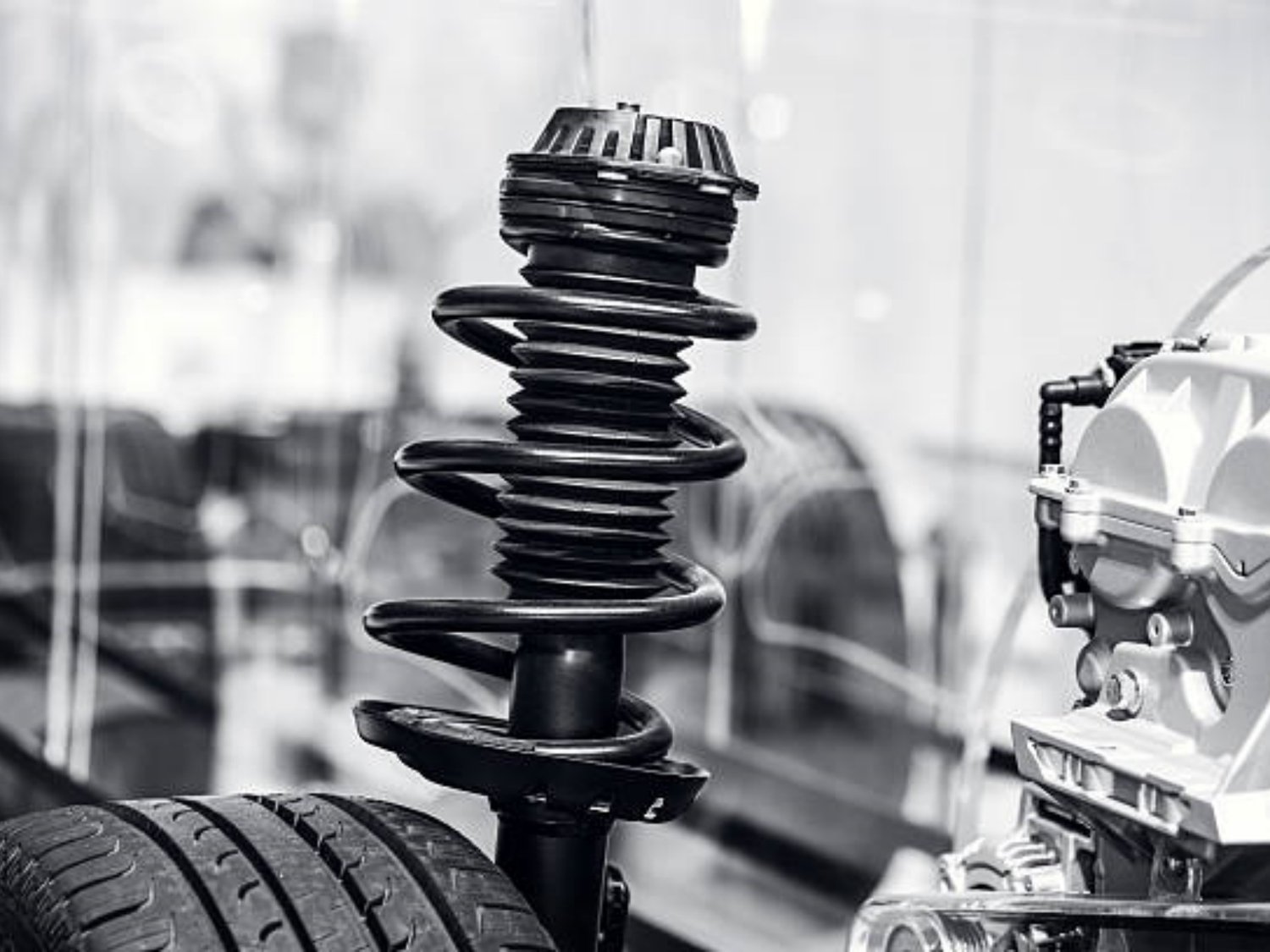car suspension springs: What You Need to Know
In the world of cars, the suspension system plays a vital role in providing a smooth and comfortable ride. One of the key components of this system is the car suspension spring. In this article, we will explore everything you need to know about car suspension springs, from their purpose to their types and maintenance. So, let's dive in!
1. Understanding the Purpose of Car Suspension Springs
Car suspension springs are responsible for absorbing shocks and vibrations that occur when a vehicle is in motion. They help maintain contact between the tires and the road surface, ensuring a comfortable and stable ride. Without suspension springs, driving over bumps or uneven surfaces would be a jarring and uncomfortable experience.
2. Different Types of Car Suspension Springs
There are several types of car suspension springs, each with its own characteristics and benefits. The most common types include:
a) Coil Springs
Coil springs are the most widely used type of suspension springs. They are made of a durable steel wire wound into a coil shape. Coil springs offer excellent ride quality and can be found in both front and rear suspension systems.
b) Leaf Springs
Leaf springs consist of multiple layers of flexible metal strips called leaves. These leaves are stacked on top of each other and held together with clamps. Leaf springs are commonly found in the rear suspension of trucks and older vehicles. They provide high load-carrying capacity and are known for their durability.
c) Torsion Bars
Torsion bars are long, metal bars that twist when subjected to torque. They are often used in independent suspension systems, where each wheel can move independently. Torsion bars offer excellent stability and are commonly found in sports cars and off-road vehicles.
3. Signs of Worn or Damaged Suspension Springs
Over time, suspension springs can wear out or become damaged due to constant use and exposure to various road conditions. Here are some common signs that indicate it's time to replace your car's suspension springs:
a) Uneven Tire Wear
If you notice uneven wear on your tires, especially on the edges, it could be a sign of worn suspension springs. Damaged springs can cause improper alignment and lead to uneven tire wear.
b) Excessive Bouncing or Bottoming Out
When you drive over bumps or potholes, your car should bounce back to its normal position smoothly. If you experience excessive bouncing or bottoming out, it might indicate worn suspension springs that are no longer able to absorb shocks effectively.
c) Vehicle Sagging
If one corner of your car appears lower than the others or if you notice a noticeable sagging on one side, it could be a sign of a broken or weakened suspension spring. This can affect the overall stability and handling of your vehicle.
4. Taking Care of Your Car's Suspension Springs
To ensure the longevity and optimal performance of your car's suspension springs, regular maintenance is essential. Here are a few tips to keep in mind:
a) Check for Signs of Wear
Regularly inspect your suspension springs for signs of wear, such as cracks or deformation. If you notice any issues, it's best to have them replaced by a professional mechanic.
b) Avoid Overloading Your Vehicle
Excessive weight can put unnecessary stress on your suspension springs. Avoid overloading your car beyond its recommended capacity to prevent premature wear and damage to the springs.
c) Drive with Caution
Driving recklessly over speed bumps, potholes, or rough terrain can take a toll on your suspension springs. Drive with caution and avoid harsh impacts that could potentially damage the springs.
5. Upgrading Your Car's Suspension Springs
If you're looking to enhance your vehicle's performance or ride quality, upgrading your suspension springs can be a worthwhile investment. High-performance springs or adjustable coilovers can provide better handling, improved stability, and a more comfortable ride.
6. Finding the Right Replacement Suspension Springs
When it comes time to replace your car's suspension springs, it's crucial to choose the right ones for your vehicle. Consult your vehicle's manual or seek advice from a trusted mechanic to ensure you select the correct type and specifications for optimal performance.
7. The Importance of Professional Installation
While some car enthusiasts may choose to install suspension springs themselves, it's highly recommended to have them installed by a professional. Proper installation is key to ensuring the springs are correctly fitted and aligned, maximizing their effectiveness and preventing potential issues.
8. The Cost of Replacing Suspension Springs
The cost of replacing suspension springs can vary depending on several factors, such as the type of springs, vehicle make and model, and labor costs. On average, you can expect to spend anywhere from $200 to $800 for a full set of suspension springs, including installation.
9. Maintaining a Smooth Ride with Car Suspension Springs
Car suspension springs are an integral part of your vehicle's suspension system, contributing to a smooth and comfortable ride. By understanding their purpose, recognizing signs of wear, and following proper maintenance practices, you can ensure your suspension springs continue to perform optimally.
10. In Conclusion
Car suspension springs play a crucial role in providing a smooth and comfortable ride, absorbing shocks and vibrations from the road. By taking care of your suspension springs and addressing any issues promptly, you can maintain optimal performance and enjoy a pleasant driving experience for years to come.

